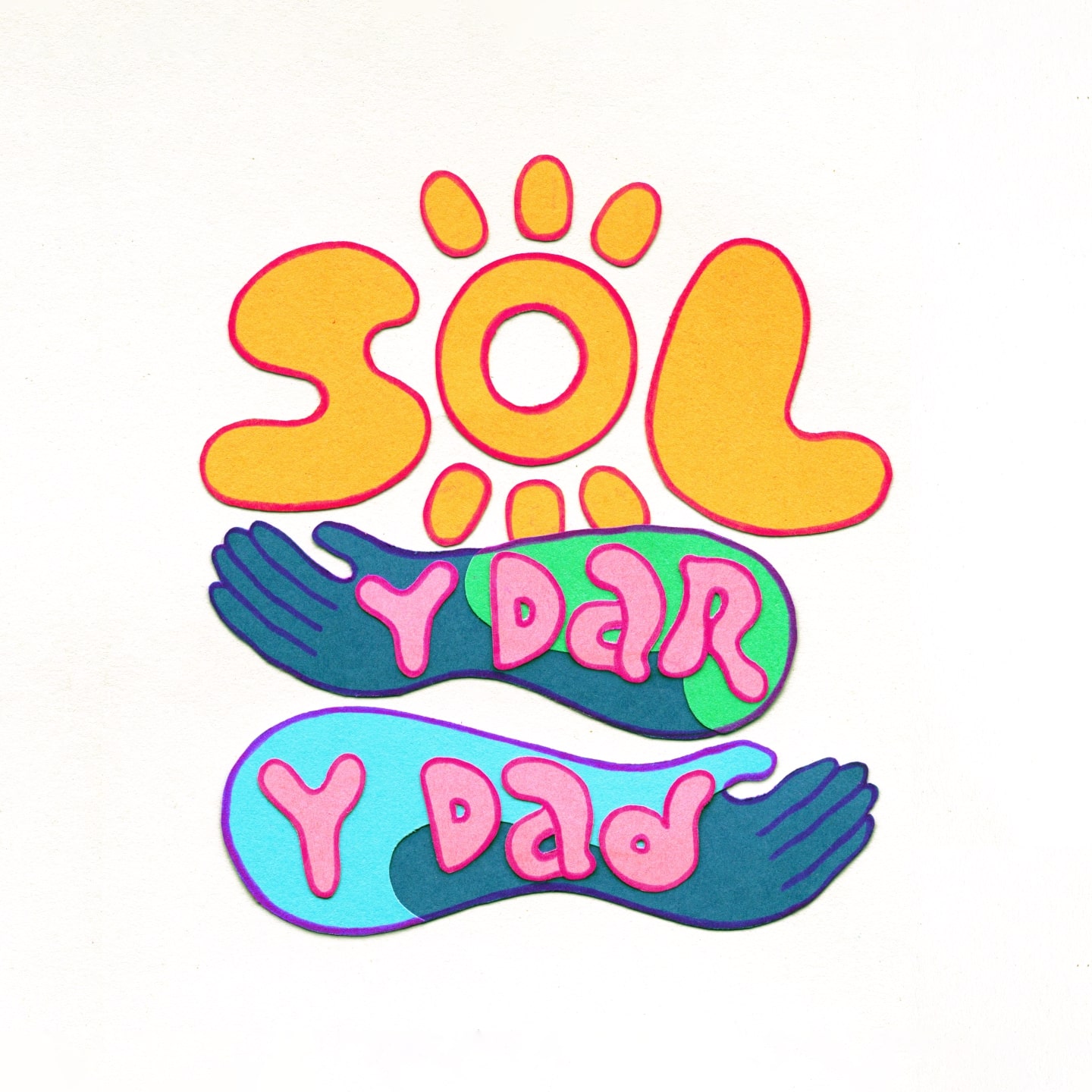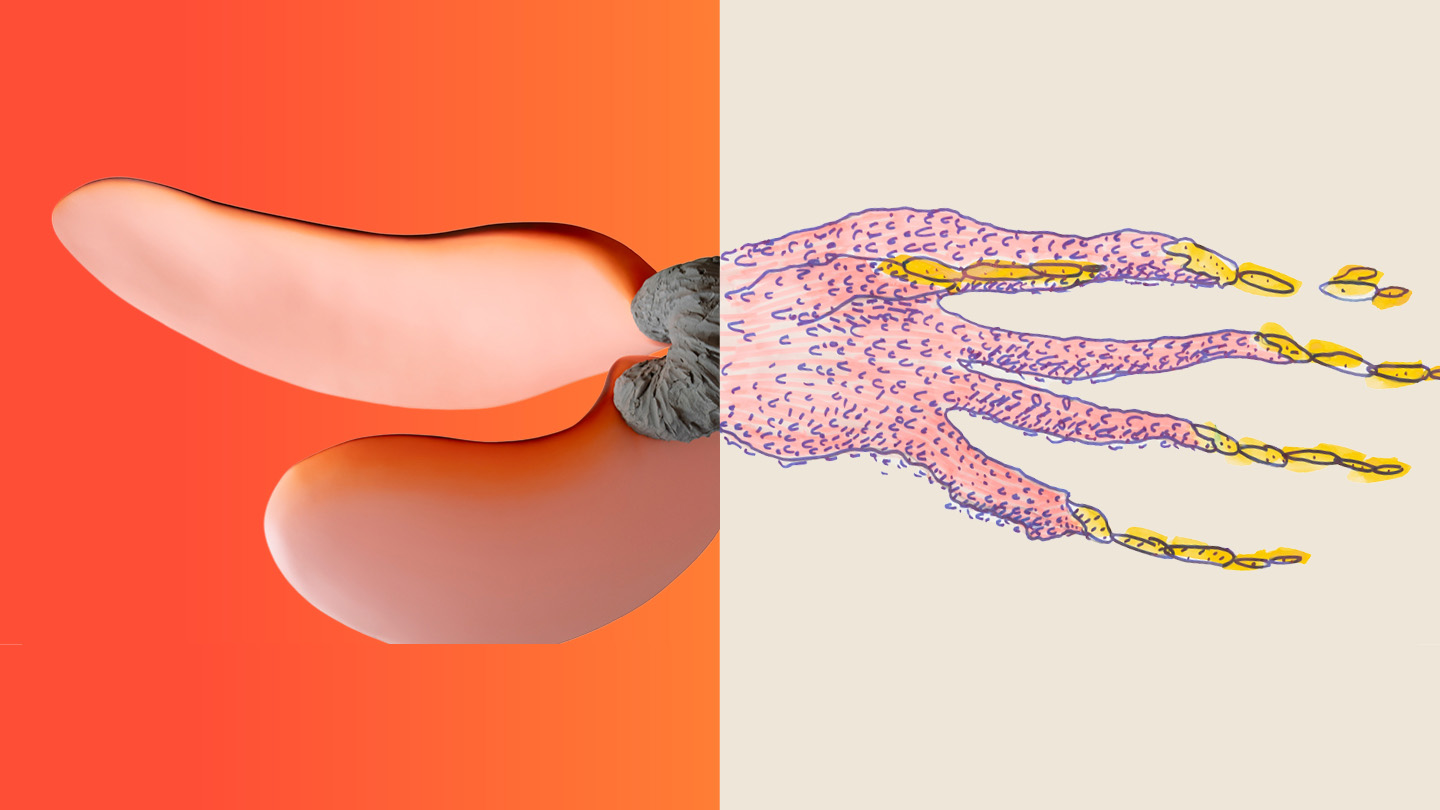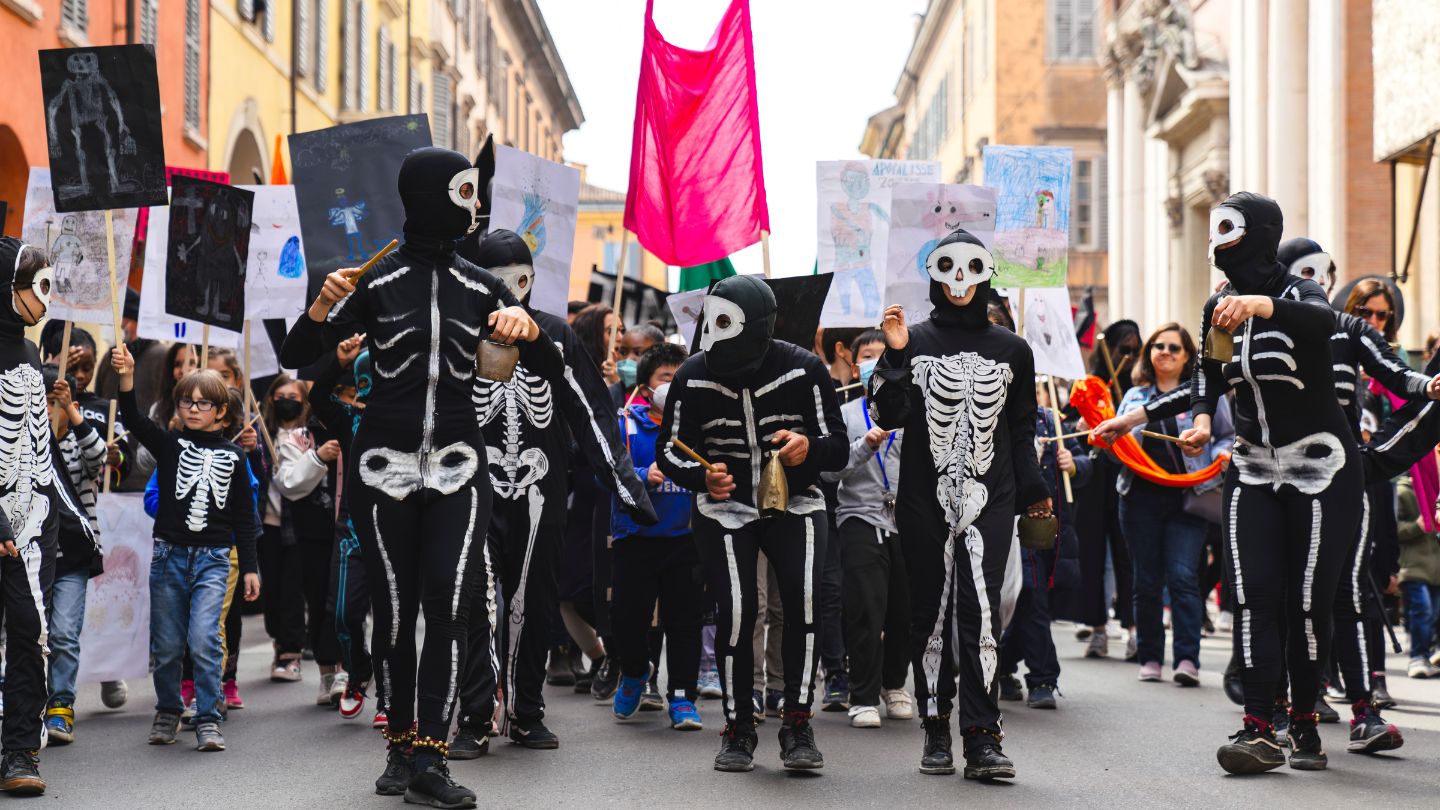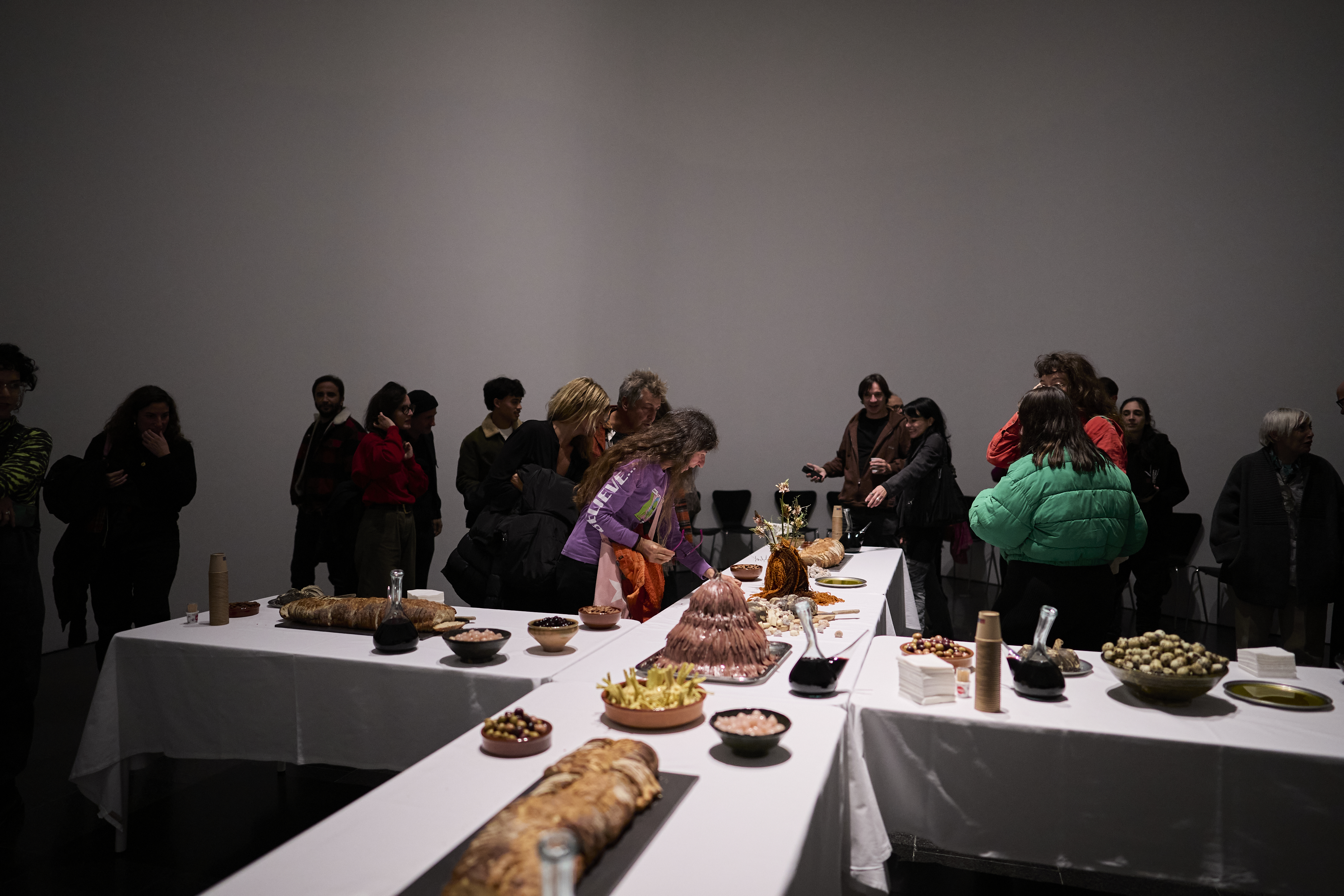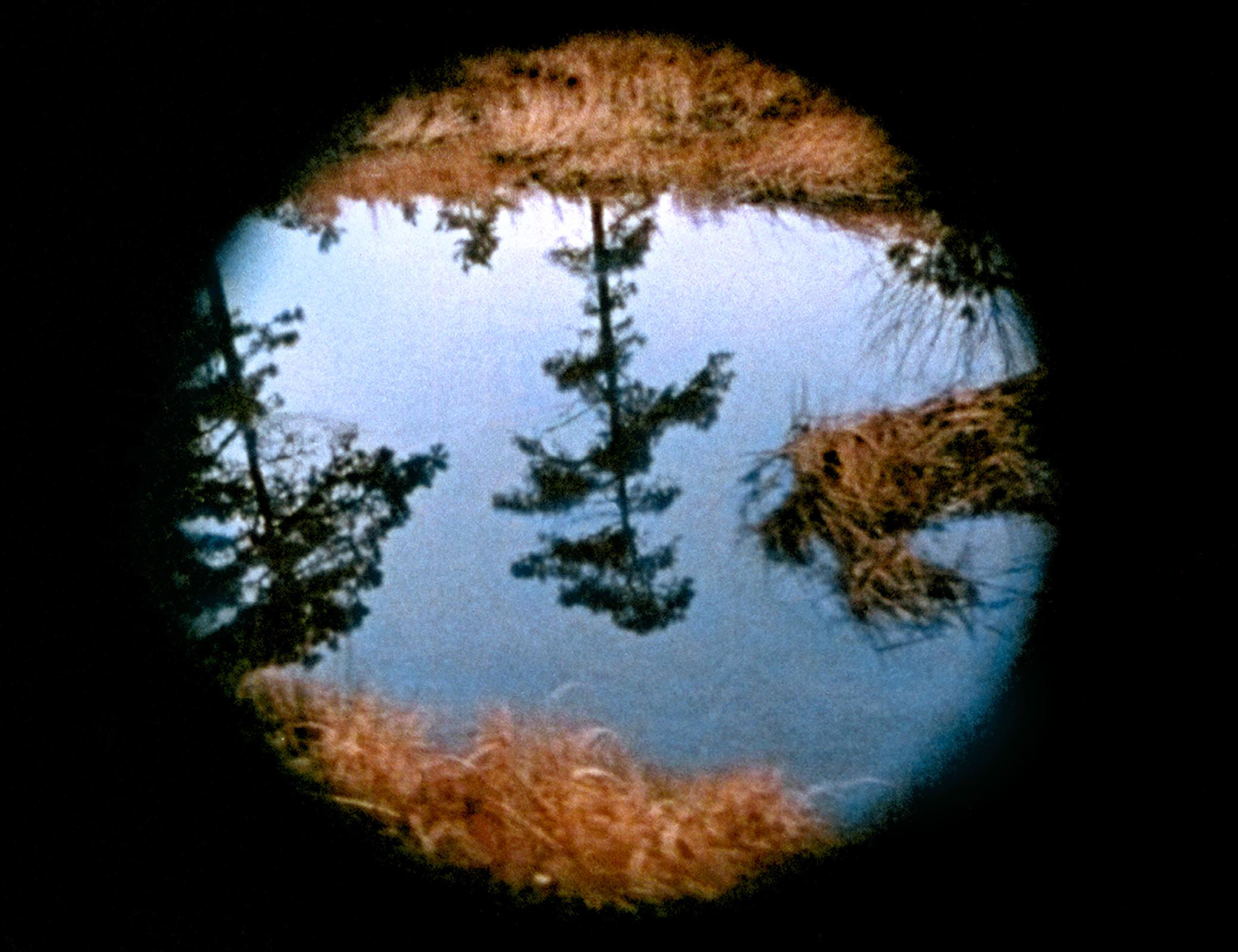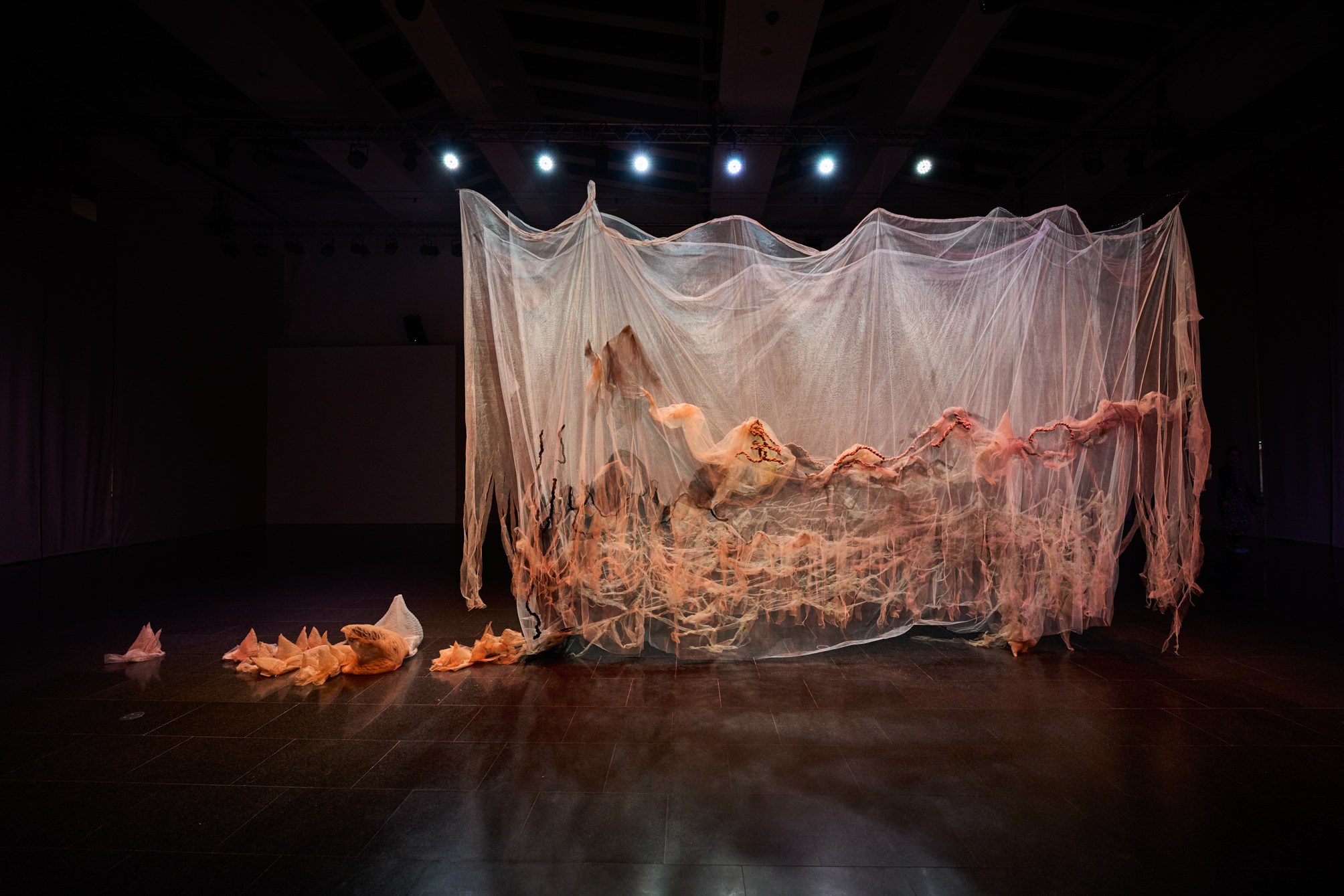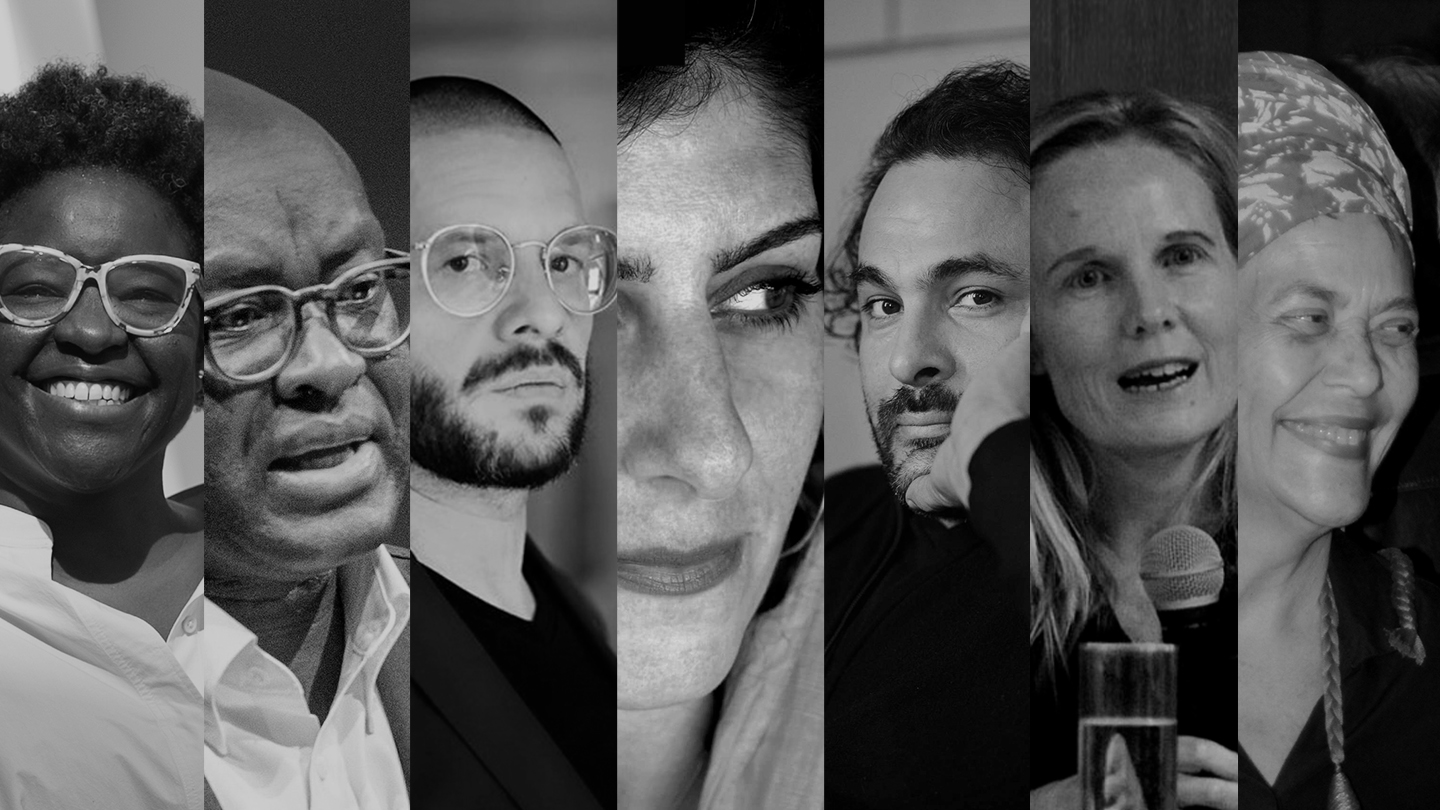Gil J Wolman.
I am immortal and alive
4 June 2010 – 9 January 2011
Museu d’Art Contemporani de Barcelona (MACBA)
Plaça dels Àngels, 1
08001 Barcelona
www.macba.cat
Exhibition organised by the Museu d’Art Contemporani de Barcelona (MACBA) and coproduced with the Fundação de Serralves – Museu de Arte Contemporânea, Porto
The role of a contemporary art museum is to activate different communities of discourse: to go beyond a centralising programme or policy and explore a network of artistic and conceptual families, overlapping and shifting frames of references that are constantly being modified — by experience, encounters, chance, reading, conversations and media.
Words are living entities that are constantly being employed by users of language, carrying the assertions, beliefs, opinions, information, emotions and intentions of others, which we receive as well as take over and modify. The solo presentation of Gil J Wolman’s work actualises our concern with language and its relationship with art, with the social and with the realm of theory, in which concepts of truth and meaning are treated as ways of reacting to experience rather than as logical concepts applying across all possible worlds.
The French artist Gil J Wolman (1929–1995) was a pioneer in researching the intersection and alteration of visual and textual languages. This show, the first monographic exhibition of Wolman’s work ever held in Spain, consists of about 250 works and documents. It includes the artist’s most important and fertile pieces, some of them never before exhibited.
Wolman was an outstanding member of Lettrism. Created in the mid-1940s by the Rumanian-Parisian artist Isidore Isou, it maintained that the expressive heights of all artistic languages (poetry, music, painting and so forth) had already been reached. In order to initiate a new creative cycle, it was necessary, first and foremost, to go back to the beginnings, to deconstruct artistic languages. This meant a return to signs emptied of their semantic weight, that is, a return to letters.
Due to the number and quality of the works, documents and publications included in this exhibition, it is a sort of encyclopaedia of Lettrism. The exhibition starts with the film L’Anticoncept (1951), which is projected onto a weather balloon rather than on a traditional screen. The image comes on and off, with the black and the white alternating intermittently and with different rhythms, and the sound consists of poems, brief reflections and syncopated texts falsely sung. Like Debord’s 1952 film Hurlements en faveur de Sade (Howls for Sade), Wolman’s film rejects iconographic narration and effects a strict application of Lettrist notions about film.
The second part of the exhibition focuses on the period when Wolman, Debord, Jean-Louis Brau and Serge Berna separated from Isou’s group to form the Lettrist International (1952–57), a dress rehearsal, so to speak, for Guy Debord’s Situationist International (1957–72). During those years, Wolman and Debord wrote the manual Mode d’emploi du détournement. Détournement (detour) is the Lettrist technique of altering and undermining the meaning of deliberately plagiarised material.
In 1959, Wolman resumed his research in the visual arts with Brau, after producing his eight Métagraphies in 1954. Later, he was associated with other Lettrist expressions and exhibited his striking Lettrist paintings at the Galerie Weiller in 1961.
A significant part of the exhibition is devoted to the ‘Scotch art’ compositions (produced by means of a procedure that consists of tearing strips of printed paper and taping them to wood or canvas) that were shown at the Galerie Valérie Schmidt in 1964, 1966 and 1968. Wolman worked with major newspaper headlines, as well as the contents and images to which they referred, to present alternative discourses, undermining, violating or revealing the language, logic and discourse of the mass media.
The last section of the exhibition deals with the works related to the ‘separatist movement’ that Wolman created in 1977; he was the movement’s sole member. In search of simplicity (‘the more simple, the more beautiful,’ he used to say), he limited himself to splitting objects in two, without greater aesthetic concerns. In the 1980s and until his death in 1995, he resumed writing, publishing some twenty books, including smaller editions, at his Éditions Inconnues. He also shot about ten videos, some of which are presented in this exhibition (in 1990, L’Anticoncept à New York, a critical revision of L’Anticoncept, filmed from the screen looking out at the audience).
PUBLICATION
Gil J Wolman. I am immortal and alive. Barcelona: Museu d’Art Contemporani de Barcelona, 2010. Texts by Frédéric Acquaviva, Kaira M. Cabañas and Gil J Wolman. Catalan/Spanish and English editions.
ACTIVITY RELATED TO THE EXHIBITION
Friday 4 June, at 6 pm
Sound poetry by Gil J Wolman. Sixty minutes of radical experimentation around the expressive power of the voice and sound amplification. Introduction by Frédéric Acquaviva.
Museum galleries. Further information at www.macba.cat
RÀDIO WEB MACBA
Frédéric Acquaviva offers a monograph on Gil J Wolman and his milieu.
Coming soon to rwm.macba.cat

